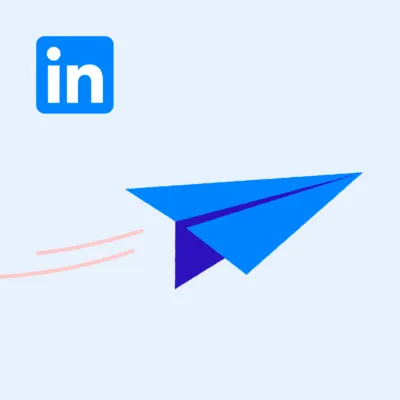So what can we learn from this?
I’ve found doing transformation-based service design work in the healthcare sector to be incredibly rewarding but also incredibly challenging for many of the reasons that were discussed during the day.
It’s a hugely complex domain filled with wicked problems. Much of what seems to make it work are superheroes within the system who perform miracles on a daily basis that help to keep services running.
The widespread adoption of service design and user centred methods is hugely encouraging. It has helped to identify the right problems to be working on as well as the right solutions to solve them.
There are so many examples of best practice within the system that become invisible due to organisational silos. Many people have the same problems yet are unable to find one another to share potential solutions.
The adoption of digital solutions is often the focus of transformation initiatives, but digital skills shortages, lack of digital maturity, and digital poverty feel like massive barriers to transformation success for both patients and staff.
We need to be careful not to focus solely on digital as always being the answer. So many potential solutions to problems we’ve seen have concentrated on better policy, better processes, and better communication – all of which may have nothing to do with digital or technology at all.
What is heartening is the impact that service design practices are having on ways of working that are really helping to identify, communicate and prioritise problems within the system and test potential solutions to them.










